When visiting a loved one in the hospital, bringing flowers seems like a thoughtful gesture. However, not all blooms convey the message of hope and recovery we intend. Some flowers carry cultural taboos, trigger allergies, or even symbolize misfortune—making them poor choices for a get-well bouquet. Understanding floral etiquette can prevent awkward moments and ensure your gift brings genuine comfort rather than unintended distress.
The language of flowers varies dramatically across cultures. While white lilies represent purity in Western traditions, they’re funeral flowers in parts of Asia. Chrysanthemums, popular in European arrangements, symbolize death in Japan and are exclusively used for graves. Even colors hold hidden meanings: red blooms might imply romance rather than healing, while overly vibrant hues could feel inappropriate for a somber hospital setting. Researching the patient’s cultural background helps avoid these silent missteps.
Hospitals themselves impose practical restrictions. Fragrant flowers like hyacinths or gardenias may aggravate nausea from medications or trigger respiratory issues in shared wards. Busy nurses often remove large arrangements that clutter limited bedside space, and some intensive care units ban live plants entirely due to infection risks. Potted plants also raise concerns—their soil may harbor mold or fungus harmful to immunocompromised patients. Opting for a compact, low-pollen bouquet shows consideration beyond aesthetics.
Ironically, some traditionally "healing" herbs and flowers backfire in clinical settings. Lavender, though calming, can interact with sedatives. Sunflowers, while cheerful, drop pollen incessantly onto sterile surfaces. Even roses pose problems—their thorns require removal (a time-consuming task for staff), and wilted petals create slipping hazards. Artificial flowers collect dust, and fruit baskets often replace floral gifts despite lacking the same emotional resonance. The solution lies in balanced choices: hypoallergenic orchids, non-shedding succulents, or even vivid paper flower crafts from children carry sentiment without complications.
Seasonal availability further complicates selections. Spring bulbs like daffodils contain lycorine, toxic if ingested by curious pediatric patients. Holiday favorites such as poinsettias leak milky sap that irritates skin. Summer’s lush peonies shed petals like confetti, burdening cleaning staff. Autumn’s dried flower trends introduce dust and fragile debris. Winter arrangements heavy with pinecones or berries may violate fire safety codes. Partnering with florists familiar with hospital guidelines ensures year-round appropriateness.
Psychological associations matter as much as physical safety. Flowers resembling medical equipment—like snapdragons evoking syringes or alliums mimicking pills—may unsettle patients. Overly dramatic blooms like black roses or withered-looking proteas send gloomy messages. Even quantity carries meaning: four flowers sound like "death" in Chinese, while thirteen seems ominous in Western superstitions. The most reassuring bouquets feature odd numbers of fresh, bright-colored blossoms without dark foliage.
Modern alternatives are redefining get-well gestures. Living bamboo stalks symbolize resilience without pollen risks. Miniature terrariums with air plants offer lasting greenery. Some hospitals partner with local artists to deliver handmade ceramic flowers that never wilt. Digital innovations allow virtual bouquets with personalized video messages—ideal for intensive care units where physical items are prohibited. These creative solutions honor the spirit of floral giving while respecting medical and cultural boundaries.
Ultimately, the thoughtfulness behind the gift matters most. A brief call to the hospital’s front desk clarifies their flower policy. Consulting the patient’s family about preferences or allergies demonstrates extra care. For high-risk situations, donating to the hospital’s garden fund or gifting a comforting weighted blanket might replace traditional flowers entirely. What begins as a simple bouquet selection reveals deeper truths about how we express empathy across cultures, environments, and individual needs during vulnerable times.

By /May 21, 2025
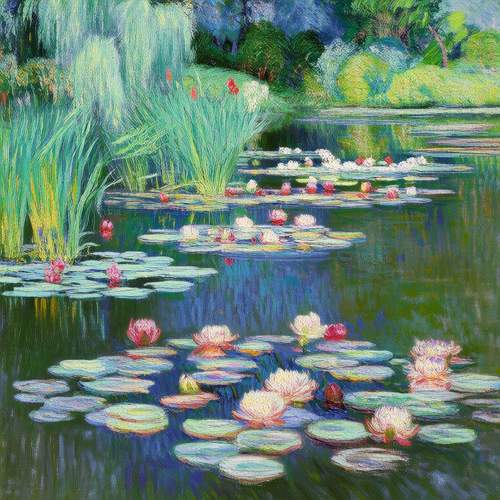
By /May 21, 2025

By /May 21, 2025
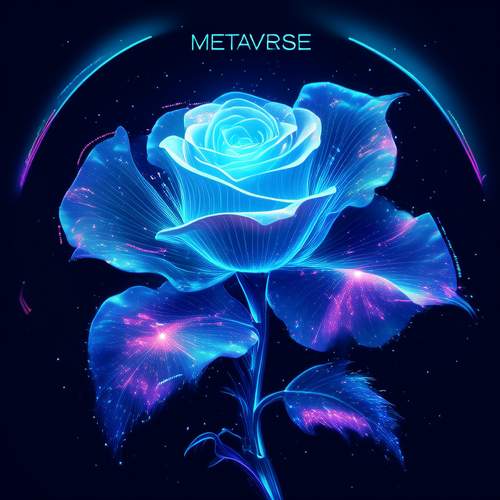
By /May 21, 2025
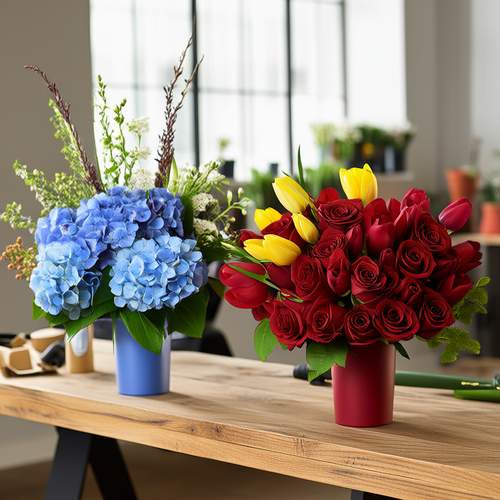
By /May 21, 2025
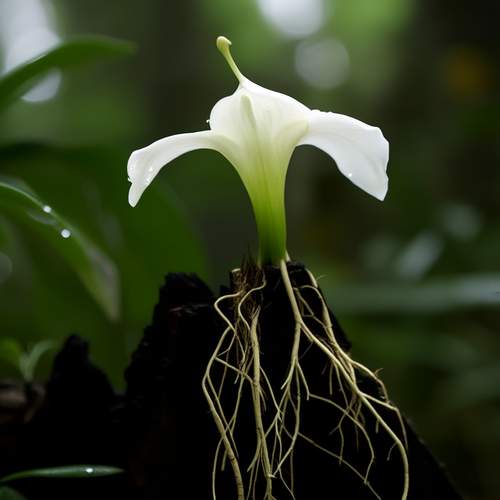
By /May 21, 2025

By /May 21, 2025
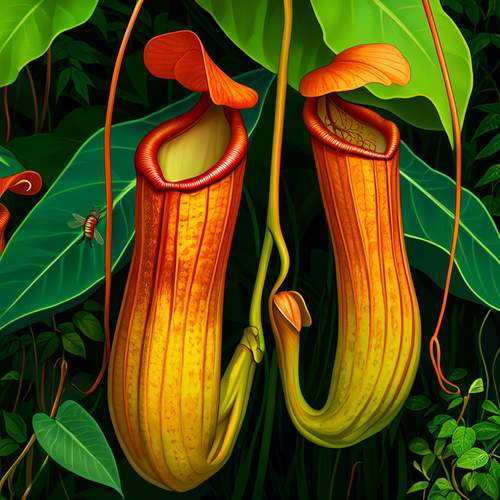
By /May 21, 2025
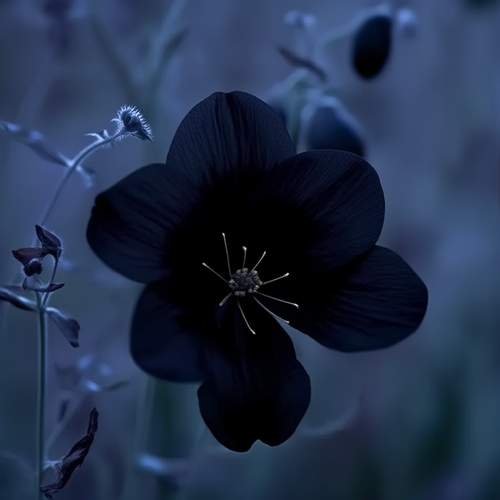
By /May 21, 2025
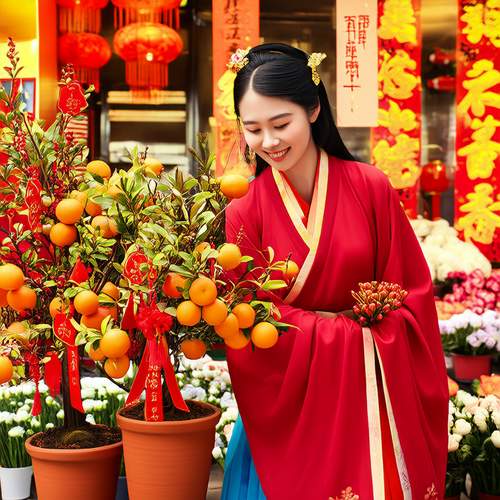
By /May 21, 2025
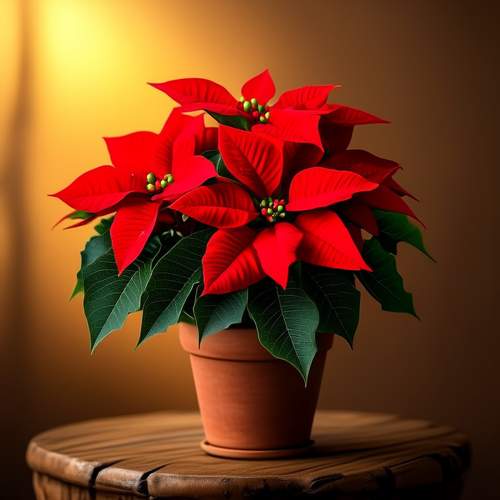
By /May 21, 2025

By /May 21, 2025

By /May 21, 2025
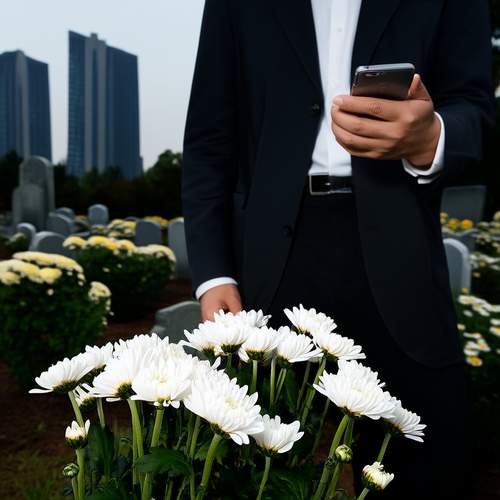
By /May 21, 2025
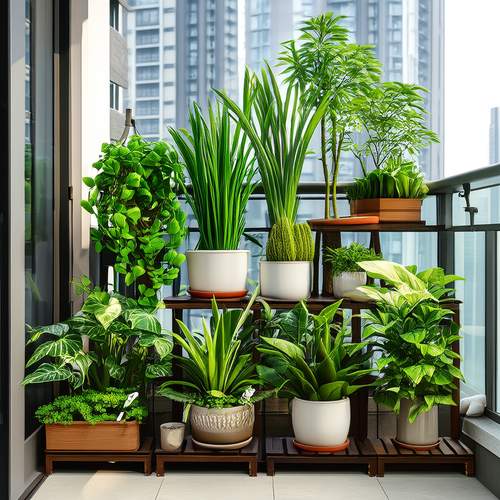
By /May 21, 2025
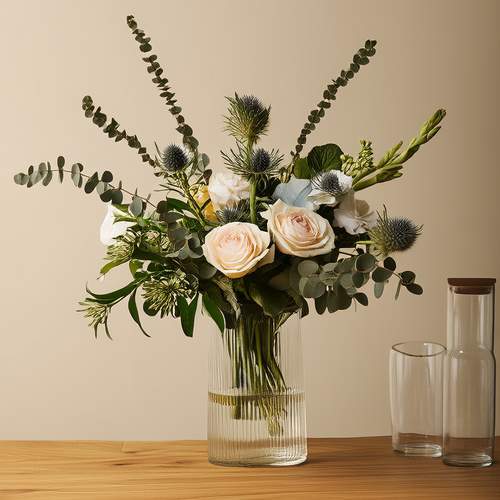
By /May 21, 2025
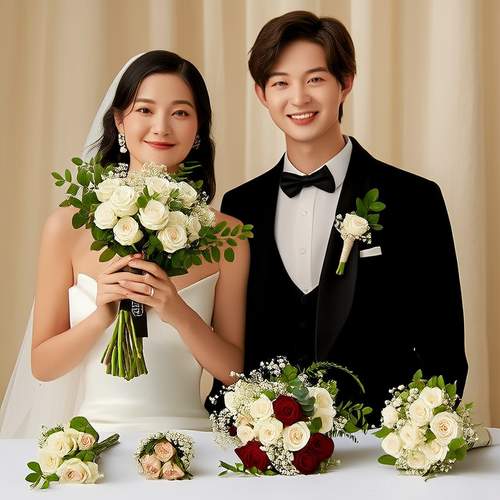
By /May 21, 2025
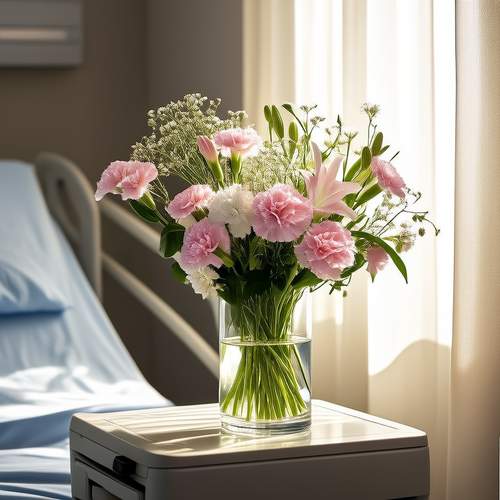
By /May 21, 2025
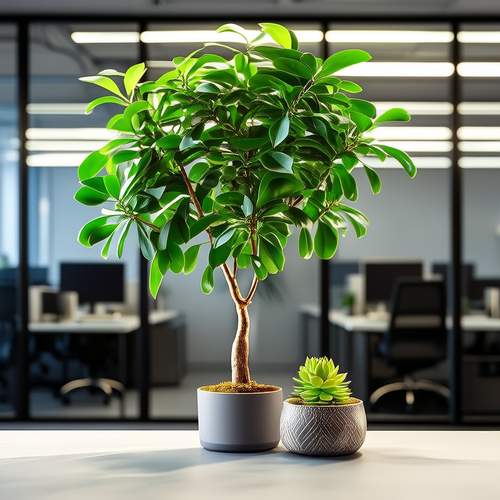
By /May 21, 2025

By /May 21, 2025